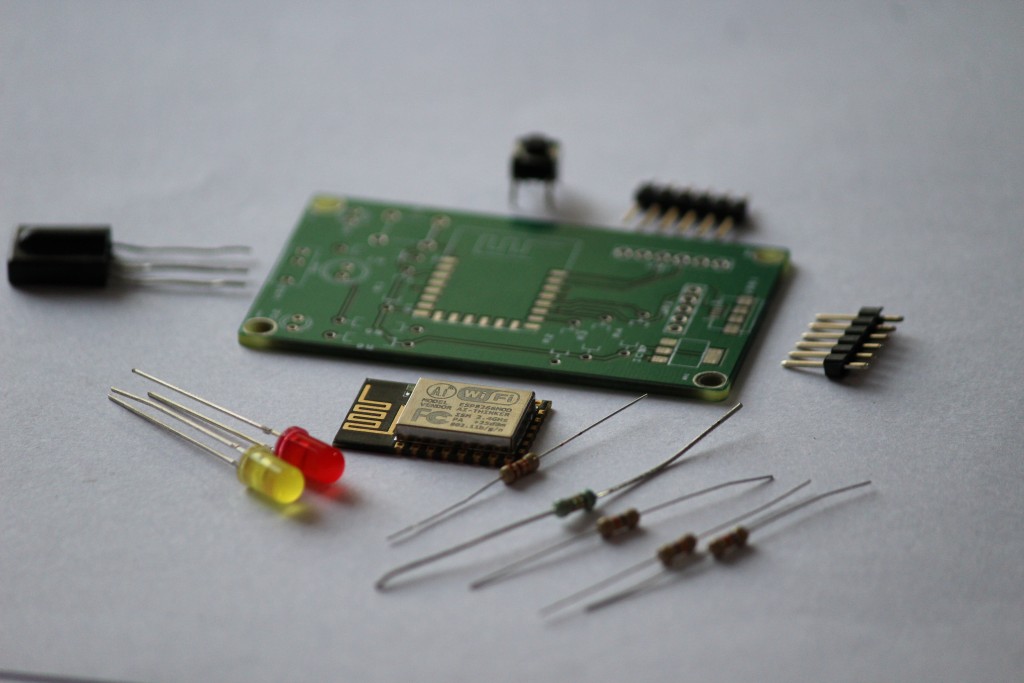Sometime back when we decided to do something in the space of IOT, we were complete newbies with absolutely no background, academic, or professional. But we learnt many things the hard way by trying, failing, and correcting. But perhaps as many people say, that may also be the best approach towards learning anything new.
Today with an experience of building an actual physical thing that listens, I feel more confident about the space, and our ability to replicate our success story for our clients as well. But what is that we build, and now a question of great debate, and subjectivity. I can perhaps think of some rules that an IOT product or initiative should bear in mind.
Before going forward, give it a thought
Does the device really help its customer? This is a very basic and moot question that every innovator and maker should ask themselves.
Does the product makes our life more safer, convenient, healthier, and happier? If the answer is yes for these questions, the product may find takers in the market.
A product must have a clear cut value proposition for its intended buyers. If the product is just a cool gadget, it will find utility only with a handful of users who will be very quick to move onto something more cooler as and when it’s available in market.
Just having built something and pushing it off to the supply chain may not be of great help in building a sustainable business that will have a long term impact. One should think of constantly reinventing the product to make it better & more useful for its customers. Timely service, and a great customer support will go a long way in winning the confidence of the current active users, and the word of mouth publicity will help in winning more users till the product reaches a critical mass.
There are some challenges too
Security is another big challenge for mass adoption of IOT. Seeds of doubt about the device being sufficiently protected against hacking is one big reason why customers are still not able to fully give in to the idea of leaving their critical functions to a device. What if my smart locking system is hacked, and an intruder is able to hack his way inside my house?
These are valid questions which the IOT community will have to tackle head on. But I believe these questions or challenges are always there with any new technology. It takes time for ecosystem to mature to a level where issues of security are addressed, questions of viability, feasibility, and usability are addressed, and then mass adoption follows. The stage in which the current IOT development possibly is where developers and engineers worldwide are working in the direction of making IOT safer, and more useful for everyone. Soon it will be IOT for everyone.
Stay tuned for next article about some specific steps and questions to create an IOT Product.
Knowledge thats worth delivered in your inbox






